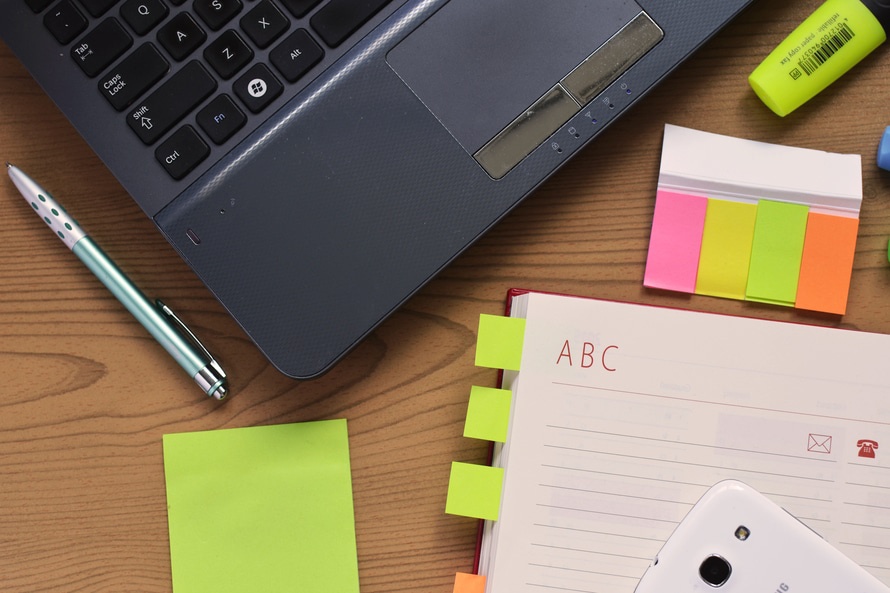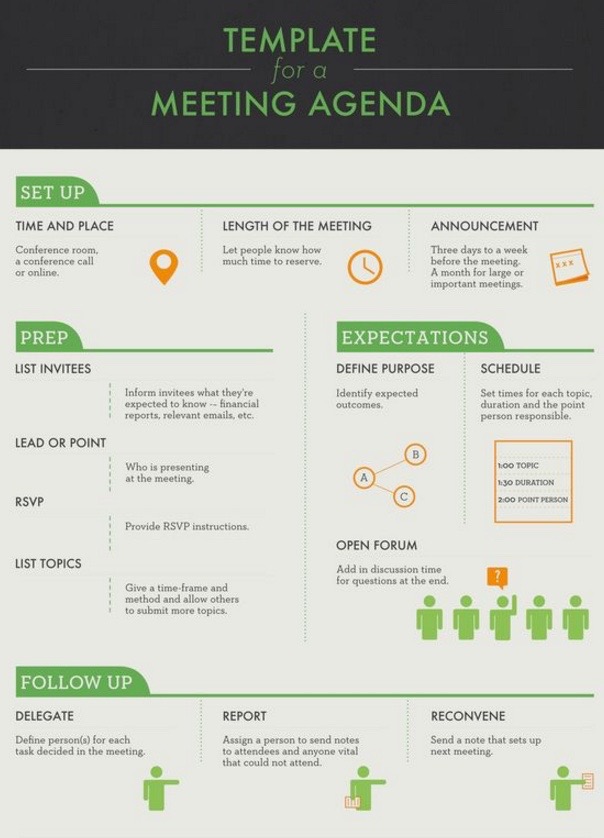Agendas can greatly improve the efficiency and productivity of any decision process.
One good agenda can cut the number of meetings needed to complete a project in half and greatly reduce the tendency for meetings to branch off into discussions that are not useful to goal achievement.
The goal of an agenda is to facilitate the decision-making process among group members.
This may be for a technology upgrade or a budget discussion.
The agenda helps to keep meeting attendees focused on the final decision.
Agendas also make it easier to evaluate the success of the meeting by providing a checklist for follow-up and accountability.
The Role of an Agenda
The first line of the agenda should state the goal and purpose of the meeting.
Some agenda formats prefer to state the goal along with sub-goals after each agenda item. Both formats establish a framework for discussion. Agendas can vary from simple to complex.
They can include attachments and reading material or the agenda from the previous meeting.
The type of format used is generally established by the formality and length of the meeting.
A good rule of thumb is that the format should match the dress of the meeting participants; that is, a meeting full of sandals and shorts can get by with an informal agenda while a room full of suits may require a formal agenda.
Formats
The short or informal meeting can be subsumed into an email or a meeting reminder.
It might contain one line for the goal of the meeting and then three to five short discussion points.
The long agenda is usually a full page, which includes a title, meeting location, date and time, goals and topics or points of discussion. Long meetings should also include times for each discussion topic and the name of the presenter.
Both agenda formats should end with a section for “Next Steps” for follow-up. These “Next Steps” will become the basis for agenda topics at the next meeting.
Check the infographic below for some agenda format examples:



